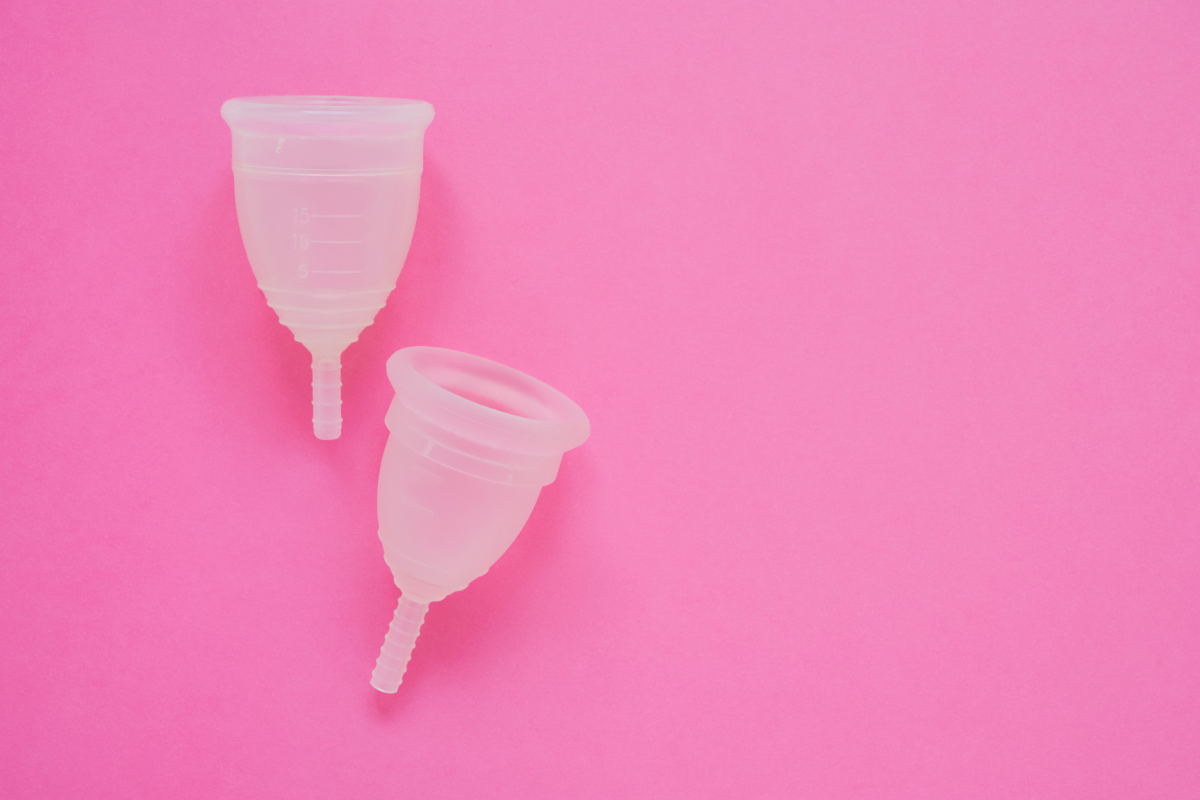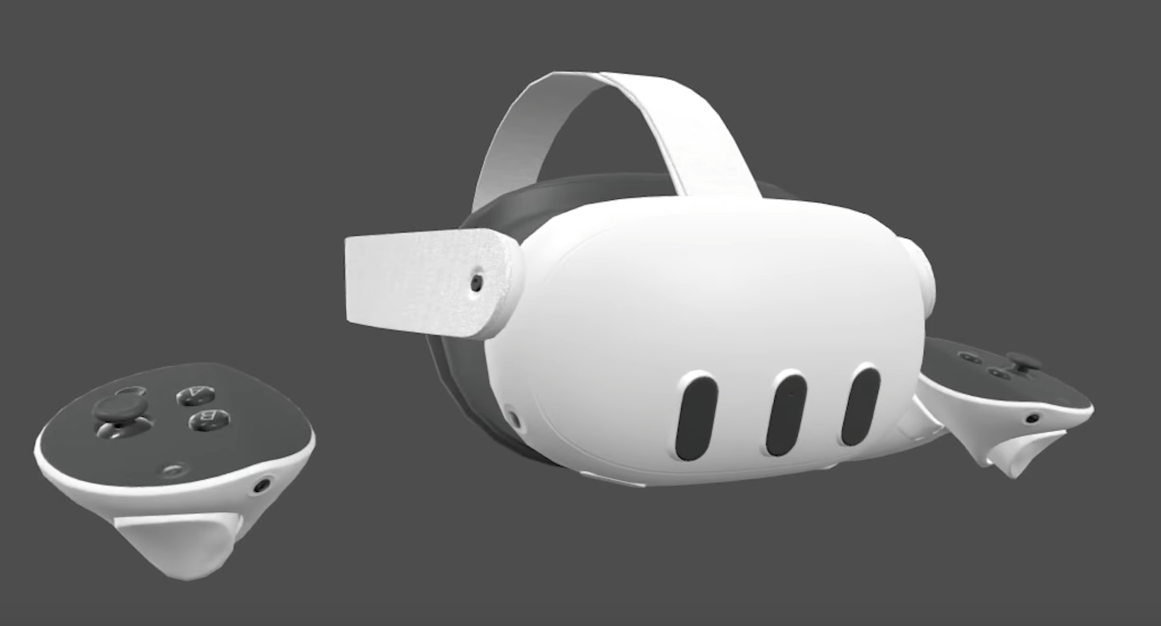Everything you need to know about the menstrual cup
We’ll catch up with you.
Contents
What does a menstrual cup look like?
You’ve probably seen it pass by, the menstrual cup. If not: it is a fairly small tub – usually made of medical grade silicone – with a kind of rod at the end. They are available in different brands, colors and sizes. And the latter is important, because not every menstrual cup is suitable for everyone. Whether you need size S, M, L or XL depends on a number of factors. For example, the intensity of your period plays a role, as does the height of your cervix, your physique and the condition of your pelvic floor muscles. Also, some menstrual cups are softer than others. Curious which copy suits you? The Cupkiezer quiz will help you on your way.
How do you insert a menstrual cup?
We can imagine that you are shocked when you see a menstrual cup, because: how on earth do you insert such a thing? Well, practice makes perfect. There are different folding methods to insert the cup, just what you find comfortable. The most important thing is that you press and fold it in such a way that you don’t feel any dents or folds after insertion at the edge. Good to know: you shouldn’t feel a menstrual cup while wearing it. You can leave a cup in place for up to 12 hours and clean it about two to five times a day, depending on how much blood you lose during a period.
Also read: Everything you need to know about your child’s first period
And how does it come out again?
We hear you thinking: how do you get it out again? That too goes on autopilot once you get the hang of it. What you should in any case not forget is breaking the vacuum, especially if you wear an IUD. You do this by squeezing the bottom with two fingers or by hooking one finger behind the edge. If you can’t reach it well, it helps to squeeze or pull very gently on the stem. After the cup is no longer vacuumed, it comes off easily and you can empty it. Do you wear a copper coil? Then be extra alert. In women who wear a menstrual cup, the spiral comes off three times more often (17%) than in tampon and sanitary pad users, according to American research. So make sure that you do not grasp the strings of your spiral and that your cup has not been vacuumed when you remove it.
What makes a menstrual cup so useful?
If you are used to tampons and sanitary pads, switching to the menstrual cup can take a while. Still, it comes with a lot of benefits. In fact, many women don’t want anything else, was also apparent from the enthusiastic reactions on Facebook. Unlike tampons and sanitary pads, a cup traps blood, rather than absorbing it. This reduces the risk of nasty infections. It also contains no chemicals – which is so nice for your vagina. A menstrual cup lasts five to ten years (!), which makes it not only cheap, but also very durable. And it saves a lot of hassle: if your period allows, you can leave it on for up to twelve hours. So no fiddling with tampons and sanitary towels.
How do you clean a menstrual cup?
Between wearing the menstrual cup, you can rinse it with water or wipe it clean with toilet paper or a cloth. Before and after a period, many women clean the cup thoroughly by boiling it. Place it in a pan, cover with water and bring to the boil for about five minutes. Store your cup in the supplied (cotton) bag.
Source: Cupkiezer, Menstruatiecup.nl
Read the best stories, most recognizable columns and the best tips for you and your kids every month. Subscribe now to Kek Mama and get up to 45% discount.



